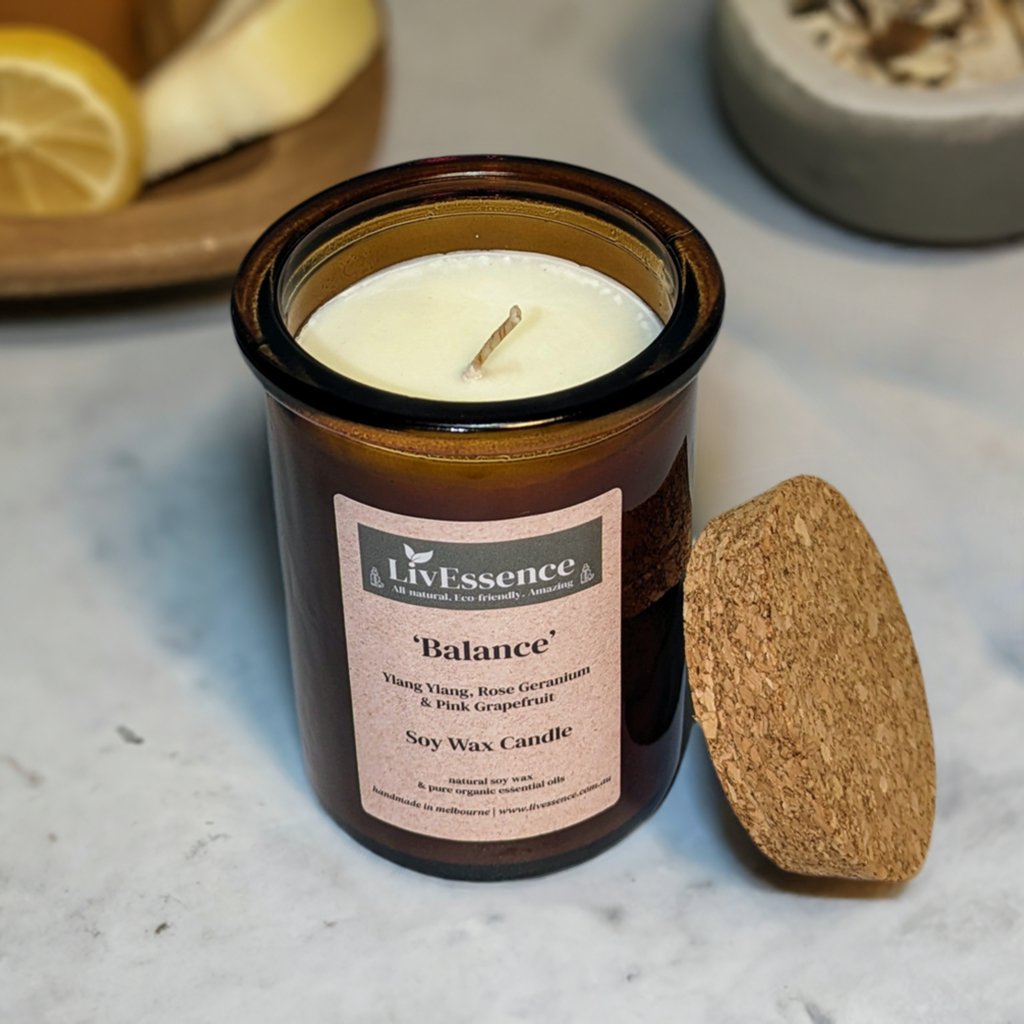From Wick to Wax: Comprehending the Chemistry Behind Soy Wax Candles and Their Environmental Impact
As we brighten our areas with the warm radiance of candle lights, there exists a realm of elaborate chemistry behind the seemingly easy act of lighting a soy wax candle. Join us as we decipher the clinical intricacies behind soy wax candles and explore their effects on our setting.
Soy Wax Vs. Paraffin Wax
When comparing soy wax and paraffin wax for candle making, it is necessary to recognize the distinctive attributes and benefits of each product. Soy wax is an all-natural, sustainable resource obtained from soybean oil, making it eco-friendly and eco-friendly - crystal soy candles. In comparison, paraffin wax is a result of oil refining, which elevates concerns about its environmental impact and sustainability
Soy wax candle lights melt cleaner and discharge much less soot compared to paraffin wax candles, making them a much healthier selection for indoor air high quality. In addition, soy wax has a lower melting point, enabling a longer-lasting candle that disperses fragrance better. Paraffin wax, on the other hand, has a tendency to shed faster and less easily, possibly releasing unsafe chemicals right into the air.
From a sustainability viewpoint, soy wax is preferred for its biodegradability and eco-friendly sourcing, straightening with the expanding consumer preference for eco mindful products. While paraffin wax has actually been a typical selection in candle light making because of its affordability and convenience of usage, the shift in the direction of green choices like soy wax is getting momentum in the sector.
Chemical Structure of Soy Wax

Burning Refine in Soy Candles
The chemical structure of soy wax straight influences the combustion procedure in soy candles, influencing aspects such as burn time, aroma release, and ecological effect. When a soy candle light is lit, the warm from the fire thaws the wax near the wick.
The combustion performance of soy candles is affected by the purity of the soy wax and the quality of the wick. A clean-burning soy candle light with a correctly sized wick will candles decrease and create a steady fire soot development. This not just expands the melt time of the candle but also boosts the release of fragrances. In addition, soy wax candles have a reduced environmental effect contrasted to paraffin candles because of their biodegradable and sustainable nature.

Ecological Advantages of Soy Wax

Considered a sustainable option to typical paraffin wax, soy wax supplies notable environmental advantages that make it a preferred selection amongst eco-conscious consumers. One significant advantage of soy wax is its sustainable sourcing. Soy wax is stemmed from soybean oil, which is primarily cultivated in the United States. The moved here cultivation of soybeans helps support neighborhood farmers and lowers the dependence on non-renewable fossil fuels made use of in paraffin wax manufacturing. In addition, soy wax is biodegradable, implying it breaks down naturally without launching dangerous contaminants right into the setting. This particular makes soy wax candles a more ecologically friendly option contrasted to paraffin wax candles, which are made from petroleum, a non-renewable source. Additionally, soy wax burns cleaner and creates less residue than paraffin wax, adding to far better interior air quality and reducing the demand for next cleaning and upkeep. In general, the ecological benefits of soy wax align with the expanding demand for eco-friendly and sustainable products in the market.
Recycling and Disposal Factors To Consider
Recycling and proper disposal of soy wax candles play a crucial function in preserving environmental sustainability and minimizing waste in houses and neighborhoods. When it comes to reusing soy wax candles, the first step is to guarantee that the candle has burned completely.

In regards to disposal, if recycling is not an option, soy wax candles are eco-friendly and can be safely thrown away in the majority of family waste systems. Nevertheless, it is constantly recommended to talk to regional recycling facilities or waste administration services for specific guidelines on candle disposal to guarantee correct handling and environmental defense.
Conclusion
In verdict, the chemistry behind soy wax candles discloses their environmental benefits over paraffin wax candles. Soy wax, acquired from soybean oil, burns cleaner and produces much less soot when contrasted to paraffin wax.
When comparing soy wax and paraffin wax for candle light making, it is important to understand the unique features and benefits of each product (crystal soy candles).Soy wax candle lights melt cleaner and release less residue contrasted to paraffin wax candle lights, making them a much healthier option for interior air top quality.Thought about a lasting choice to conventional paraffin wax, soy wax uses significant environmental advantages that make it a preferred selection amongst eco-conscious consumers. Soy wax burns cleaner and produces much less residue than paraffin wax, adding to far better interior air top quality and decreasing the demand for cleansing and upkeep.In verdict, the chemistry behind soy wax candle lights discloses their environmental advantages over paraffin wax candle lights